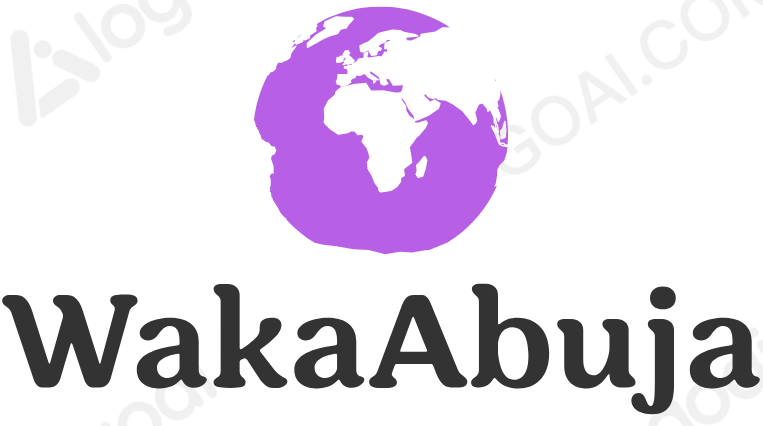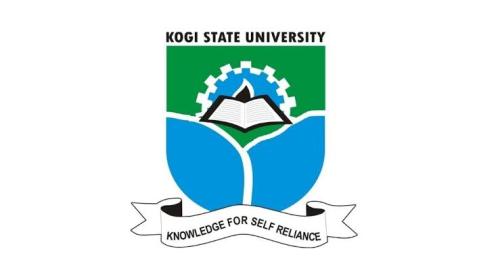Kogi State University (KSU) in Anyigba, Nigeria, is one of the rising stars in Nigerian higher education, offering a variety of programs that attract students from across the country. If you’re considering applying to KSU for the 2025/2026 academic session, one of the most important factors to understand is the university’s cut-off mark. This number plays a crucial role in determining whether you’re eligible for admission into your preferred program.
Kogi State University’s cut-off marks will be explained in this article—what they are, how they are calculated, and how you can maximize your chances of getting admitted.
What is a Cut-Off Mark?
Before diving into the specifics of Kogi State University’s cut-off mark, let’s quickly review what a cut-off mark is and why it matters.
The cut-off mark is the minimum score a candidate must achieve in the Joint Admissions and Matriculation Board (JAMB) examination in order to be considered for admission into a university. This score varies by university and even by course within the university, with more competitive courses requiring higher marks.
For Kogi State University, the cut-off mark is a critical benchmark that determines whether or not you will be shortlisted for further screening or given the chance to participate in the post-UTME (Unified Tertiary Matriculation Examination) process.
Why is the Cut-Off Mark Important?
A high cut-off mark gives you a better shot at securing admission into your desired course, especially at highly competitive programs. A low score, on the other hand, might limit your options.
As an applicant, meeting or exceeding the cut-off mark doesn’t guarantee admission on its own. Other factors, such as the post-UTME scores, availability of spaces in your program, and overall competition, will also play a role. However, meeting the cut-off mark is a critical first step.
Kogi State University Cut-Off Mark for 2025/2026 Session
Now that we understand the importance of the cut-off mark, let’s get into the specifics of Kogi State University’s 2025/2026 session cut-off marks.
General Cut-Off Mark for KSU
For the 2025/2026 academic session, Kogi State University has set a general cut-off mark of 140 for candidates who wish to apply for admission through JAMB.
This means that any candidate who scores 140 or above in the JAMB examination is eligible to apply to KSU for any undergraduate program. However, there are some important caveats.
- Courses with Higher Competition: For courses like Law, Medicine, Engineering, and others that are highly competitive, KSU may set higher cut-off marks. These courses generally require more than just meeting the minimum score—if you’re interested in one of these programs, you’ll likely need a score well above the general cut-off mark.
- Non-Competitive Courses: On the other hand, for less competitive programs, the cut-off mark may remain at 160.
Note: It’s crucial to keep an eye on KSU’s official website or the JAMB portal for any changes to the cut-off mark, as universities sometimes adjust this figure based on the number of applicants or other factors.
Cut-Off Marks for Specific Courses
While the general cut-off mark for Kogi State University is 160, different courses often have their own specific cut-off marks. Here’s a breakdown of some of the more competitive programs at KSU and their estimated cut-off marks for 2025/2026.
Faculty of Agriculture
- Agricultural Economics & Extension—140
- Crop Production: 140
- Animal Production: 140
- Fisheries and Aquaculture (140)
- Soil & Environmental Management (140)
- Food Science & Technology, 150
- Home Science – 140
Faculty of Arts and Humanities
- History and International Studies—150
- English and Literary Studies—150
- Theatre Arts—140
- Arabic – 140
- Philosophy – 140
Faculty of Law
- Common Law – 240
- Islamic Law: 200
Faculty of Social Sciences
- Mass Communication: 220
- Economics – 180
- Political Science—180
- Sociology – 150
- Geography and Planning—140
Faculty of Education
- Mathematics Education – 140
- Chemistry Education – 140
- Physics Education – 140
- Biology Education – 140
- CRS Education: 140
- Islamic Education: 140
- Library and Information Science—140
- Human Kinetics and Health Education—140
- Social Studies Education: 140
- Economics Education—140
- English Education: 140
- Geography Education: 140
Faculty of Natural Sciences
- Mathematical Sciences & Statistics, 150
- Pure and Industrial Chemistry—150
- Physics -140
- Plant and Biotechnology, 140
- Geology – 160
- Microbiology: 190
- Biochemistry: 200
- Animal and Environmental Biology (140)
- Computer Science 190
Faculty of Management Sciences
- Accounting – 200
- Banking and Finance – 170
- Public Administration – 180
- Business Administration – 190
Faculty of Health Sciences
- Human Anatomy: 200
- Human Physiology: 200
- Nursing Science – 240
- Pharmacology – 220
- Medical Laboratory Science (230)
| Course | Estimated Cut-Off Mark |
|---|---|
| Law | 200+ |
| Medicine & Surgery | 200+ |
| Engineering | 180+ |
| Accounting | 170+ |
| Mass Communication | 170+ |
| Microbiology | 170+ |
| Political Science | 160+ |
| Business Administration | 160+ |
| Agricultural Science | 160+ |
How is the Cut-Off Mark Determined?
The cut-off mark is not a random number—it’s determined through a mix of factors, including:
- JAMB Performance: The average performance of candidates in the JAMB exams for a particular session. If the general performance is higher than usual, universities may set a higher cut-off mark.
- Competition for Spots: For courses that have a high number of applicants, universities may raise the cut-off to limit the number of candidates they need to evaluate.
- Available Slots: If a university has more available slots in a particular course, they may lower the cut-off to allow more students to qualify. Conversely, if there are fewer slots available, they may raise the cut-off to ensure only the most competitive candidates are considered.
Post-UTME Screening
Once you meet the minimum JAMB cut-off mark, you will likely be invited to Kogi State University’s post-UTME screening exercise. This test is another crucial step in the admission process. The post-UTME score, along with your JAMB score, will help determine whether you gain admission into your desired course.
How to Improve Your Chances of Admission
- Aim for a Higher JAMB Score: While meeting the minimum cut-off mark is the basic requirement, aiming for a higher score will increase your chances of success, especially if you are applying for a competitive course.
- Excel in the Post-UTME: Performing well in the post-UTME is equally important. It’s an opportunity for you to show that you have the knowledge and skills needed for the program. Consider preparing by reviewing past questions and familiarizing yourself with the format of the exam.
- Consider Alternative Programs: If you don’t meet the cut-off mark for your desired course, think about applying for a related program that might have a lower cut-off. You could also consider changing your course later on if you meet the requirements.
Frequently Asked Questions (FAQs)
1. What happens if I don’t meet the KSU cut-off mark?
If you don’t meet the cut-off mark, your chances of admission into Kogi State University are significantly reduced. However, you can try applying for less competitive courses or wait for supplementary admissions, if available.
2. Can I be admitted to KSU if I score exactly the cut-off mark?
Yes, it is possible, but it depends on the competition for your course. Candidates with scores above the cut-off mark are usually given preference, so a score right on the cut-off mark could still make you eligible but may not guarantee admission.
3. How can I check if KSU has released its final cut-off mark?
Keep checking KSU’s official website and JAMB’s portal for updates. The university may also release announcements through their social media platforms.
4. What is the KSU post-UTME screening like?
The post-UTME typically involves a computer-based test (CBT), where candidates are asked multiple-choice questions based on subjects relevant to their course of study. It’s critical to perform well here as it contributes to your overall score.
Pros and Cons of Kogi State University’s Admission Process
Pros
- Relatively Low Cut-Off Mark: At 160, KSU’s cut-off mark is lower than some other Nigerian universities, giving more students a chance to apply.
- Diverse Programs: From humanities to sciences, KSU offers a wide range of programs, making it a versatile choice for applicants.
- Supportive Environment: The university has a reputation for fostering a close-knit academic environment that prioritizes student success.
Cons
- Highly Competitive Courses: Popular programs like Law and Medicine are extremely competitive, with cut-off marks well above 200.
- Limited Slots: Due to the increasing number of applicants, some courses may have fewer available spots, leading to more intense competition.
Conclusion: Getting into Kogi State University
Understanding Kogi State University’s cut-off mark is a crucial first step in your journey toward higher education. While the general cut-off mark of 160 gives many students a fair shot at admission, aiming for higher scores, excelling in the post-UTME, and being strategic with your course choices will increase your chances of securing a spot in this prestigious institution.
Whether you’re eyeing a high-demand program or a more niche course, remember that preparation is key. So, get ready for the 2025/2026 session by studying hard, staying updated on the latest announcements, and preparing for your post-UTME screening.
WakaAbuja has made every effort to ensure that the information in this post was correct at the time of publication. However, we do not assume any liability caused by errors, such as price, cost, time, and location.




